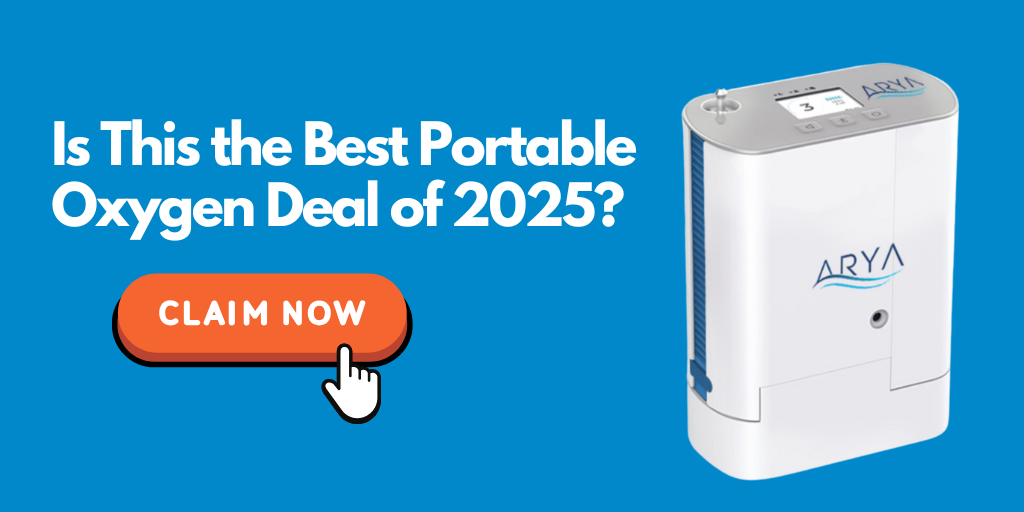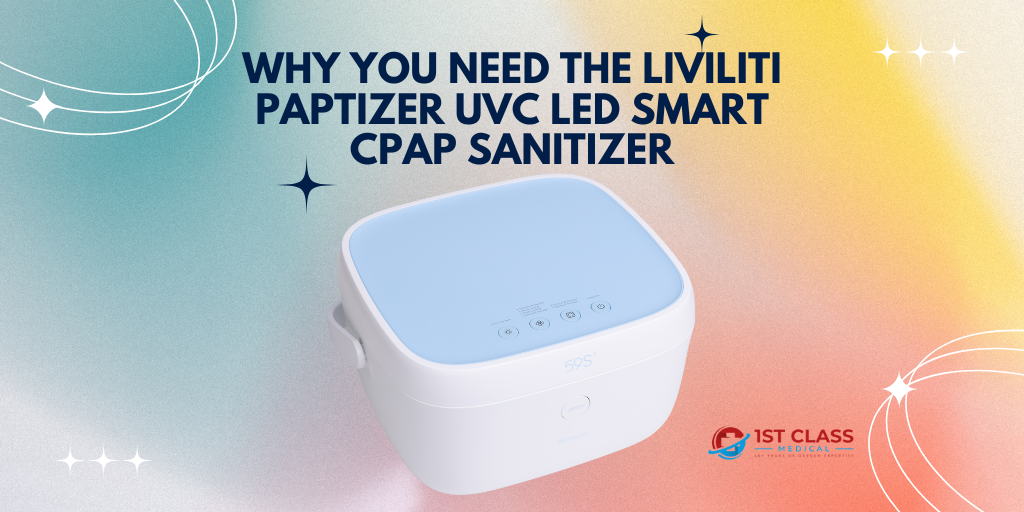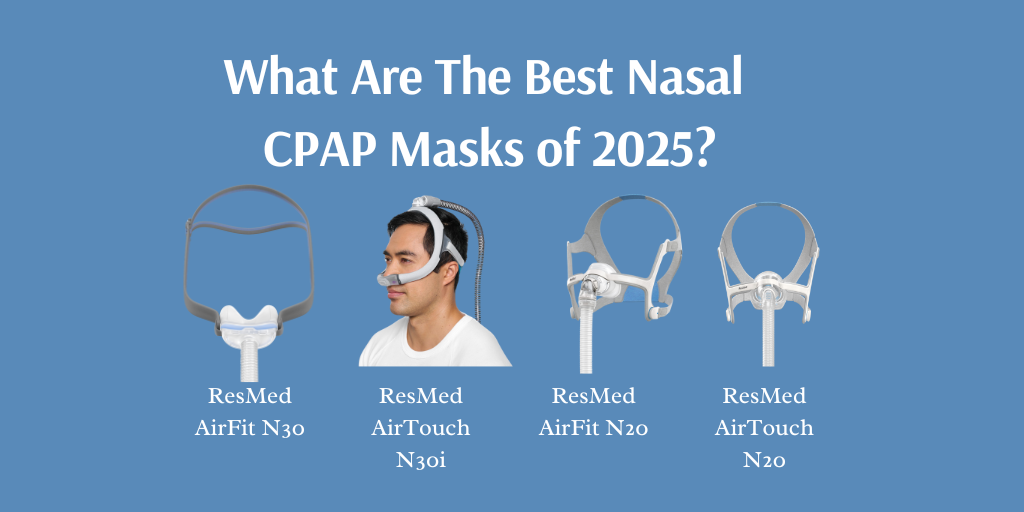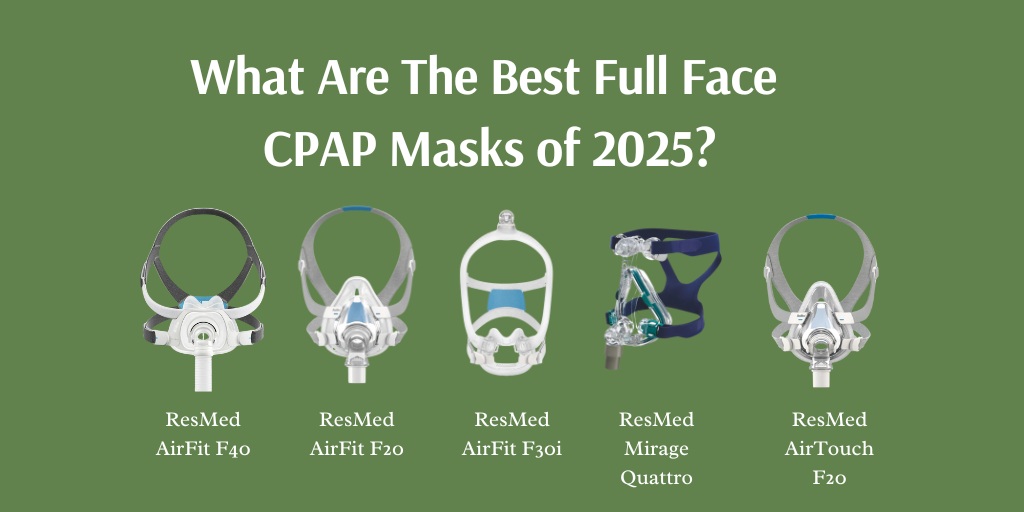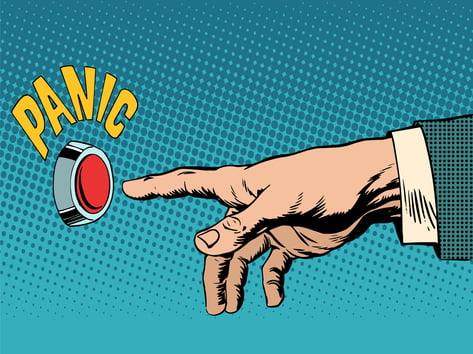
Close to 1.7% of the adult US population ages 18-54 experience a panic disorder every year. This brings the number to approximately 24 million Americans according to this report. Women are more prone to developing panic attacks which typically develop in young adulthood, with most people developing the disorder before the age of 24. The risk of developing panic disorders appears to be inherited.
Many people have had one attack but have never experienced another showing that not everyone that has experienced a panic attack will develop a panic disorder. It is important for those who develop a disorder to seek treatment because a panic disorder can become very disabling. According to the Anxiety and Depression Association of America, panic disorders can be treatable however only 36.9% of those suffering receive treatment.
Panic attacks fall under the category of mental health disorders and can feel very overwhelming. They consist of sudden episodes of extreme fear followed by a number of physical symptoms. While panic attacks can be triggered by fear, there are times when they may have no trigger at all as it may not be necessarily a fear-related disorder.
Symptoms of a panic attack include;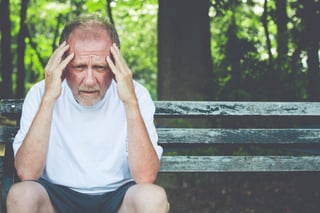
- Racing heartbeat
- Trembling or shaking
- Dizziness or feeling light-headed
- Pain in the chest as well as tightness
- Breathlessness
- Hot flashes
- Chills
Chronic Obstructive Pulmonary Disease (COPD) is an umbrella term used to describe progressive lung diseases and these may include chronic, bronchitis emphysema and some forms of bronchiectasis. It is mainly characterized by shortage of breath and you can get tested for the disease through taking a spirometry test. Panic attacks can be very scary for patients with COPD since they already struggle to breathe and the feeling of your heart racing plus the intensifying of your breathing can make it even scarier. Panic attacks can be very harmful to many COPD treatments since the hyperventilating causes rapid shallow breathing, reducing the ability to process oxygen by the lungs and worsening of the COPD symptoms.
What is a Panic Attack?
Those who experience a panic attack for the first time usually describe it as, ‘feeling as though they are dying’. One of the common characteristics is being very sensitive to your own physical responses. Some nervousness or anxiety (that is common for people who have panic disorders as they worry that they may get one) can cause one going through a panic attack to overreact triggering yet another panic attack.
Consequences of Escalating Panic
Panic attacks can be tough for those that have no other mental or physical health problems which can lead to agoraphobia and occasionally being hospitalized even when there is nothing physically wrong with the patient. It can however be worse for those with COPD since it has no physical cause and can be misinterpreted as a serious health complication. Worst is that, for safety purposes, it can be dangerous for a doctor to make an assumption that a patient diagnosed with COPD is having a panic attack and this may lead to giving the patient loads of unnecessary COPD treatment and medication that they do not need. As a result, this could possibly exacerbate your health problems or lead to the unnecessary piling of medical bills at the very least.
Listen to Your Body
It is vital that you understand your body when it comes to panic attack management and  find out as much as you can about panic attacks. Ensure that the people around you also know that you suffer from a panic disorder and pay close attention to the symptoms you experience when you are about to get a panic attack. This will help in not only managing, but also preparing those around you in case you get an attack near them.
find out as much as you can about panic attacks. Ensure that the people around you also know that you suffer from a panic disorder and pay close attention to the symptoms you experience when you are about to get a panic attack. This will help in not only managing, but also preparing those around you in case you get an attack near them.
Individuals with both a panic disorder and COPD usually demonstrate more symptoms, have a lower quality of life, require more treatment and end up hospitalized more often. Panic attacks can be laborious to cure and this is mainly as a result of a total lack of understanding both in and out of the medical field of what a panic attack is and what the experience one goes through feels like.
Treatment
Many health-care providers do not give patients the mental health treatment that they need for the disorder and instead treat it as a medical disorder instead of a mental disorder. Furthermore, patients suffering from a panic disorder struggle to believe that the problem they have could be caused by something mental, most especially those diagnosed with COPD. You will however be less affected by the disorder the more you and the people around you have an understanding about the panic disorder.
Similarly, it is important to understand the differences between what triggers your COPD and what triggers your panic disorders. Your ability to do this will help limit the unnecessary visits to the hospital as well as the panic attack symptoms.
What Should You Do When You Have a Panic Attack?
It is essential that you have a plan of attack when a panic attack strikes. Planning ahead of your next attack can lower the impact it will have on you, significantly. Trying to fight the attack off will not make you less anxious, it will in fact keep driving the feelings that you have. The sooner you are able to recover from a panic attack the better it is for you as a COPD patient, since you will be able to breathe better with ease. Here are some ways that you can manage your panic attacks when you have COPD.
- Task yourself – find a task you can complete when experiencing an attack. Panic attacks usually happen in cycles and if you have a go-to task which you can do when having an attack it can help with the management. Examples of short tasks you can do repeatedly include; counting to 20, counting backwards, reciting a poem or even squeezing your hands together. Find what will work for you and stick to it.
- Get a partner/buddy – finding someone who understands both your COPD and panic attack symptoms can be very useful. Someone you can easily reach through making a phone call and can be there for you to talk you down from your panic disorder. Also, in case things get serious and you need to be rushed to hospital, someone you can depend on who will drop everything and come rush to your rescue.
- Breathing techniques – a panic attack can make you feel like you are suffocating, hyperventilating or choking. This is why it is important to focus on your breathing when you recognize the sensation of panic. You can get through an attack in a relatively short time if you can control your breathing. Try the following techniques to help control your breathing;
a. Diaphragmatic breathing – relax your shoulders and place one hand on your chest and the other on your belly. Inhale through your nose for about two seconds. As you breathe in, your belly should move outwards and should also be moving more than your chest. As you exhale, purse your lips and gently press on your belly. This will push up on your diaphragm to help get your air out. Repeat the process until you are able to control the breathing.
b. Pursed-lip breathing – breathe in through your nose for about two seconds (as if you are smelling something), pucker your lips like you are about to blow the candles on a birthday cake out and breathe out very slowly and gently through pursed lips. Hold for twice or thrice as long as you had breathed in. Repeat the process until you are able to control your breathing. - Use medication – the use of medication can be very effective in the management of panic attacks. In COPD, anti-depressants are usually preferred compared to anti-anxiety medication. You should however discuss with your doctor which medication works best for you. Even if you feel like your breathlessness is worsening, you are not advised to use bronchodilators as an emergency medication; this is because it may increase your heart rate causing you to panic even more. Instead, use a breathing technique of your choice to control the breathing.
- Visualization – visualizing your way to calmness is a powerful technique. It helps you unwind by using your imagination and prevents you from centralizing your focus on fear and worry of having a full blown attack. It helps guide you by shifting your focus to peaceful, serene images instead if those that may have led to the attack.
- Cognitive Behavioral Therapy (CBT) – working with a therapist and trying cognitive behavioral therapy, a type of talk-based therapy, can help treat anxiety symptoms and panic attacks. Research has shown that in 2 years of following cognitive behavioral treatment, most patients remain panic free.
- Relaxation techniques – relaxing is a vital part of reducing levels of anxiety and preventing panic attacks. Prioritize self-care during particularly stressful periods and do not feel bad about giving yourself some time-out and treating yourself better.
- Lavender – lavender is known for its stress-relieving and soothing qualities that help your body relax. Keep some lavender essential oil with you in case of an attack and apply it on your forearms to breathe in the scent. You can also try taking chamomile or lavender tea which have the same soothing and relaxing effect. Do not use lavender if you are using benzodiazepines because this combination can cause intense drowsiness.
- Join a support group – support groups can be very useful in managing both COPD and panic disorders. This is because they make you feel and let you know that you are not going through this alone. They can also help you find new ways to deal with COPD and panic attacks.
Very many people fear leaving their homes since they worry that they will get a panic attack. This fear is is a common side effect for those with panic disorders. Many people expect to experience a panic attack when they leave their house and of course these attacks become a self-fulfilling prophecy causing the re-enforcement of their fears. You should however expect to have a panic attack, wait for it, have a management plan and move on once you have it under control. You can only learn to live with a panic disorder by acknowledging that panic attacks will happen and you should also consider getting proper treatment so that you can do away with it and regain control over your life.


